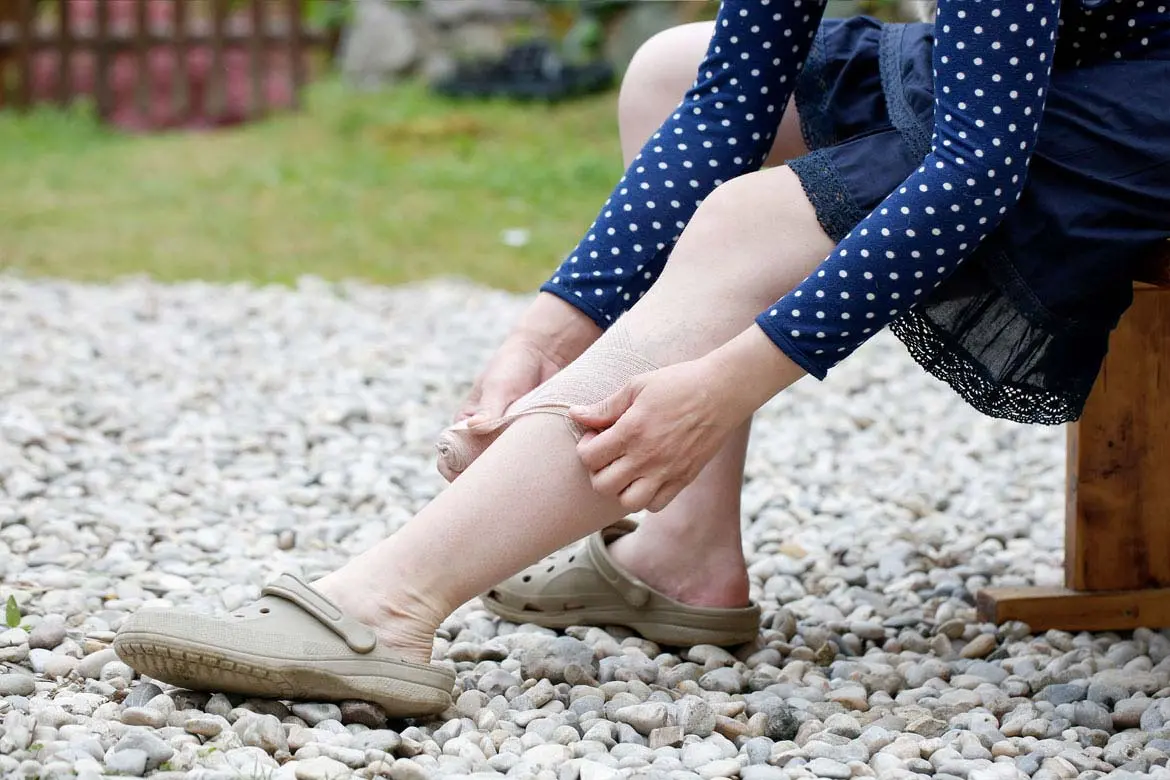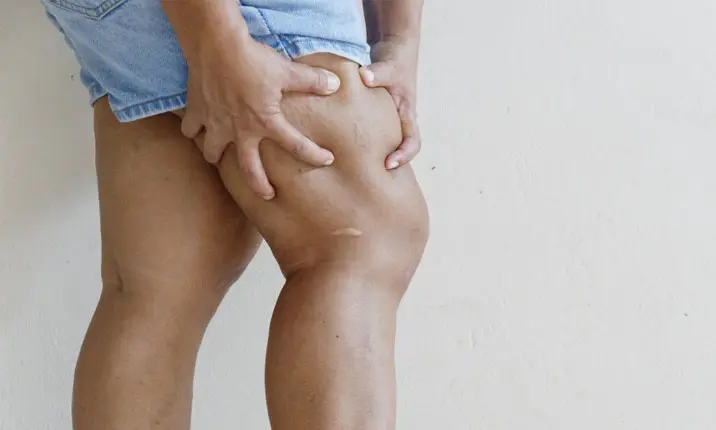Deep vein thrombosis, better known as DVT, may creep up on us when we least expect it, and cause serious consequences when it does strike. DVT refers to the formation of a blood clot in a vein that is located deep in the body. This condition most commonly affects the veins on the thigh or lower leg, but can also affect the arm, intestines, liver or kidney.
What causes DVT?
There are many factors that increase a person’s risk of developing blood clots. People who have more risk factors will have a higher risk of developing DVT.
These risk factors include:
- Being on bed rest or sitting for long periods of time – Prolonged bed rest, especially for people with paralysis or those hospitalised for a long period of time, and prolonged sitting, such as passengers in long flights or drives, are risk factors for DVT. When your legs remain still for many hours, the muscles of the legs do not contract. Muscle contraction is important for good blood circulation, and absence of contraction can cause blood clots to form in the legs.
- Surgery or injury – Any type of injury to a vein, such as when surgery is performed or when there is trauma, can increase the risk for blood to clot in the affected vein.
- Pregnancy – Pregnant women have high pressure in the veins of the pelvis and the legs which increases the risk for blood clots to form.
- Weight – Obese individuals also have high pressure in the veins of the pelvis and the legs.
- Age – Although DVT can develop at any age, people aged 60 and above are at higher risk of DVT.
- Lifestyle – Those who smoke are at higher risk of DVT as smoking has negative effects on blood circulation and increases the risk for blood clots.
- Birth control pills or hormone replacement therapy – People who use oral contraceptive pills or undergo hormone replacement therapy have a greater risk for DVT.
- Cancer – Certain types of cancer and some forms of cancer treatment increase the risk for DVT.
- Severe varicose veins – Varicose veins are blood clots that develop in the superficial veins close to the surface of the skin. People with severe varicose veins may be more likely to develop DVT.
- Family history – If someone in your family has a history of DVT, you may have a higher risk for developing the same condition.
What are the symptoms of DVT?
The most common symptoms of DVT are swelling, pain, and redness of the affected area. Since DVT commonly affects the legs, the most common symptoms are leg pain, redness and swelling.
Leg pain often starts in the calf of the affected leg and is typically described as a cramping pain. The skin over the affected area of the leg can also become red, pale or even bluish. It can also feel warmer compared to the rest of the body. Swelling of the affected foot, ankle or leg can also develop and usually affects just one side.
Fifty percent of people with DVT do not have any symptoms and are said to have less severe DVT compared to those with symptoms. However, complications of DVT can still develop among individuals without symptoms.
What are the complications of DVT?
Pulmonary embolism is a life-threatening complication that can arise from DVT. It occurs when a part of the blood clot becomes dislodged and travels through the bloodstream into the lungs. This blood clot can obstruct blood flow to the lungs, resulting in a life-threatening medical emergency.
A long-term complication of DVT is post-thrombotic syndrome. This complication arises when the vein ceases to function well. Instead of flowing through the vein to return to the heart, the blood remains in these veins. As a result of poor blood flow in the veins, individuals will experience pain, redness and swelling of the affected area. In severe cases, skin ulcers can develop. Post-thrombotic syndrome can hinder the movement and daily activities of the affected individual.
How is DVT diagnosed?
Your doctor will first ask your medical history and perform a thorough physical examination. They can also request for an ultrasound to visualise the blood clots in the veins. Other tests that can be requested are computerised tomography (CT) scan, magnetic resonance imaging (MRI) and certain blood tests.
What are the treatment options for DVT?
DVT is most commonly treated with anticoagulants or blood thinners. Some examples of blood thinners are warfarin, heparin, enoxaparin and fondaparinux.
If blood thinners are not effective or if you have severe DVT, your vascular surgeon can use a minimally invasive device, via a small puncture in the groin, to ‘suck out’ the clots or give medications that dissolve the clots.
Very often, during these procedures to remove the clots, a filter inserted into a large vein called the vena cava. This filter prevents the blood clots from going to the lungs.
How is DVT prevented?
The following are recommended to prevent DVT:
- Avoid sitting still for long periods of time
- Do not cross your legs when sitting
- Do not smoke
- Drink alcohol in moderation
- Drink plenty of fluids
- Maintain a healthy weight
- Stretch your legs and feet while you’re sitting
- Take regular walks and say active
When should I see a doctor?
It is best to consult a doctor immediately if you have any symptoms of DVT. Since some people with DVT do not have symptoms, it is best to go for a check-up with your doctor if you have multiple risk factors for DVT.














